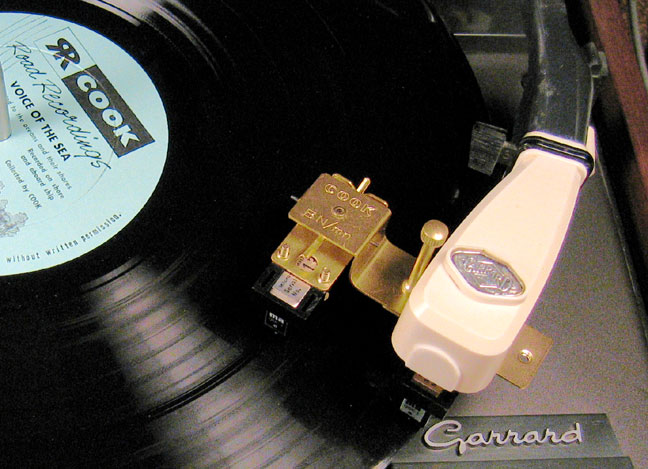Oh I agree M&K are great speakers thats why I have my own system in the RV. But they just don't compare to two line arrays or three pairs of S150's stacked on top of each other with 4 350 subwoofers. Its not a pair of XR 290's but its darn close. I always wished M&K would extend the length of their tweeters and mids by making Short line arrays. maybe with 8 or 9 tweeters and 6 mids on one enclosure, with a bass module with two or four 12's. Something to give, Magnepan, Infinity, Mcintosh, and Martin Logan a run for their money. Use the modular amps from the professional line to power the tweeters and mid/woofers. Just plug them into the wall connect a cable from the pre-amp and you would be ready to listen to some very special sounds. We had 3 or 4 customers with pairs of S150's stacked for HT and one customer with 3 stacked for HT. and more importantly an out standing stereo system. They were all behind a screen for HT. But it retracted for when he was listening to music. in stereo. WE used different eq's for each mode. He was going to to update his woofers , but I retired and never got to hear the difference. I'd like to hear a S300 system someday. .






